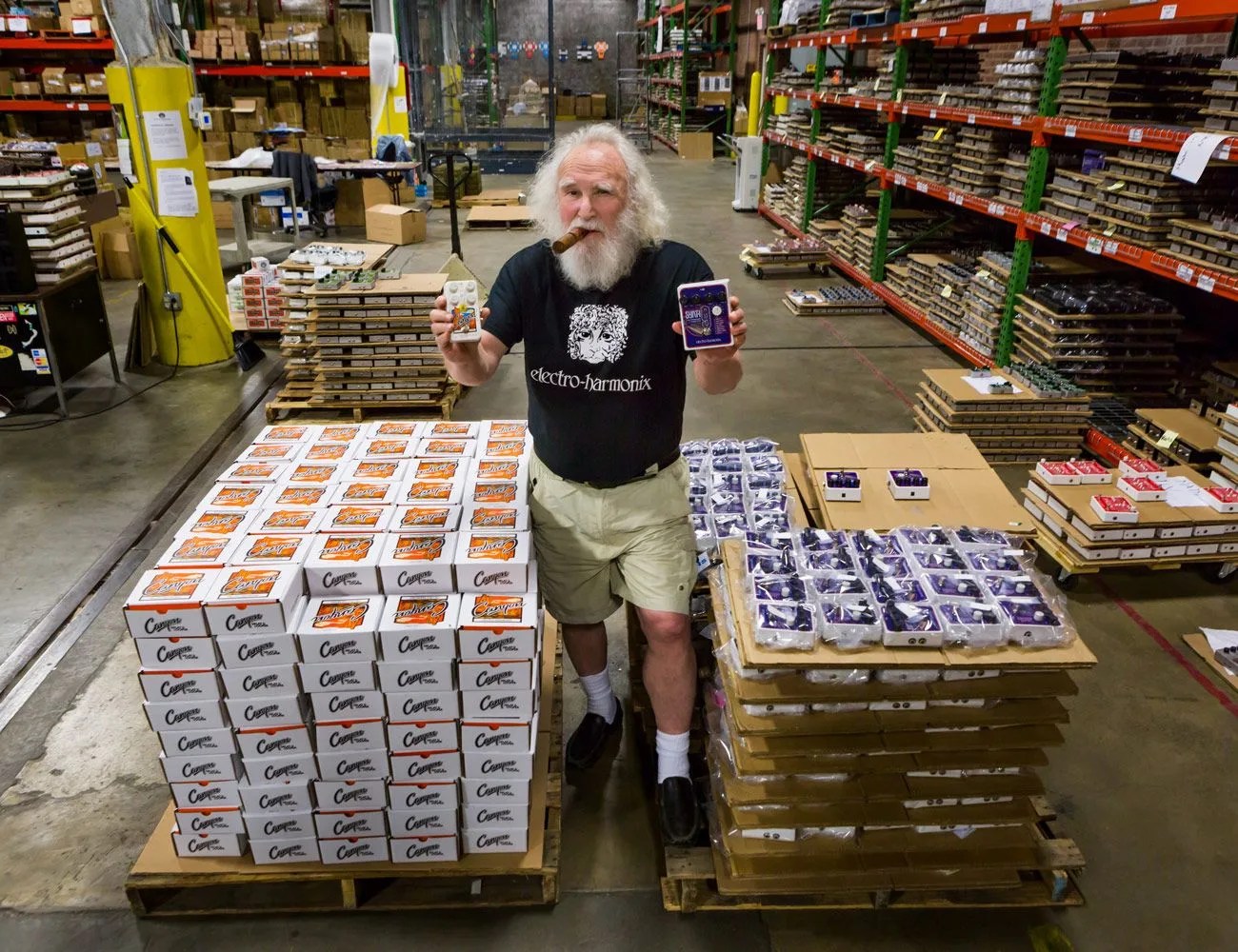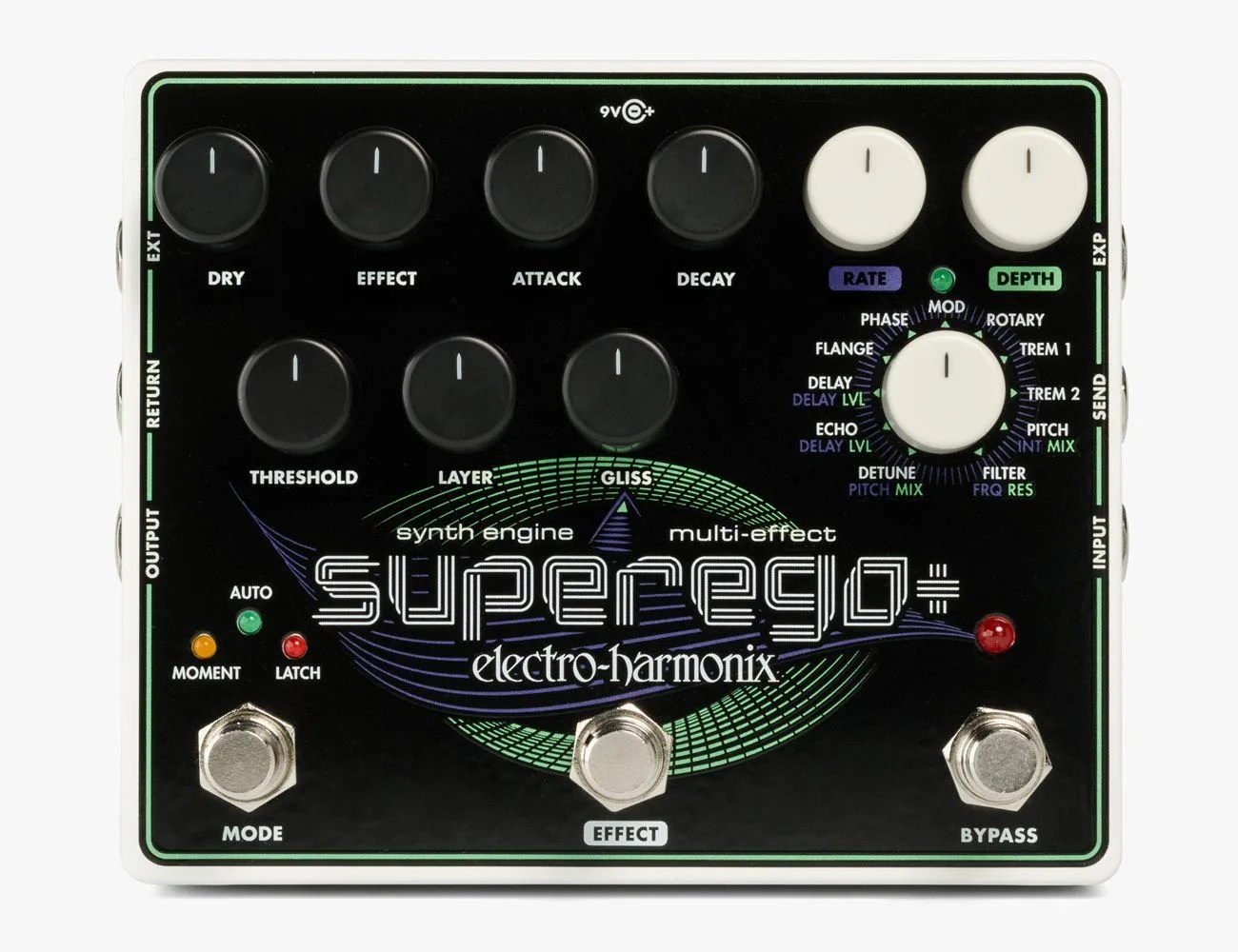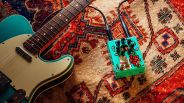The New York-based brand Electro Harmonix is a pioneering force in the world of effects pedals. Founded in 1968 by Mike Matthews, the company has released countless products that helped shape the sound of popular music in the latter half of the 20th century. The brand’s most popular product, a fuzz pedal called the Big Muff, was played by artists like Jimi Hendrix, David Gilmour and members of bands like the Smashing Pumpkins, Sonic Youth, Dinosaur Jr. and Mogwai. Electro Harmonix’s other pedals are equally respected and consistently found on professional musician’s boards across genres.
Today, Matthews, 76, continues to push the boundaries of pedal design. The company’s latest release, the 95000 Performance Loop Laboratory ($550), was awarded Best in Show at the 2018 National Association of Music Merchants trade show. The rugged aluminum-body pedal can record up to 375 minutes and 100 loops, and has a range of features including two-octave speed adjustment, overdubbing and reverse playback, among others. This pedal unlocks a wealth of creative potential for live looping performances and its ability to build complex arrangements is ideal for everyone from vocalists to electronic artists to acoustic musicians (see Reggie Watts demo it here).
Though Electro Harmonix is a half-century old, it remains one of the most important brands in electric music. To put the brand’s latest release in perspective, we caught up with Matthews who shared the story behind his brand, memories of Jimi Hendrix and his favorite pedals.
Q: Electro Harmonix has always been very innovative. What led to the 95000 Looper?
A: I founded Electro Harmonix back in 1968. In those days there were only like three companies that made pedals — now there are thousands. We were always known for being first for a lot of things. For example, we were first to introduce a product that gave overdrive to amps. Back in those days, you’d turn an amp up to 10 and it would be clean. That product was the LPB-1 Power Booster, which we fell upon by accident. We were the first company to bring out a flanger pedal, [the Electric Mistress pedal]. In those days, all of the flanging was done by rocking the tapes in the studios.
And later, we were first with analog delays with echoes: our Memory Man series. Also, we were the first digital delay pedal. In those days, the only digital delays were the expensive Lexicon rack-mount studio units. And with that, we had a long delay which was two seconds which is really a long time. So when we came out with that with the long delay, I started thinking, “Wow, I wonder what would happen if you could stretch this out to 16 seconds.” With the technology at that time, we could go to 16 seconds but the frequency response was pretty low (down to about 1000 cycles), but with the shorter delays of about eight seconds, it was about 2500/3000 cycles. That was so long, you could play something and then it would play again — so that led to the first looper, the 16 Second Digital Delay.





